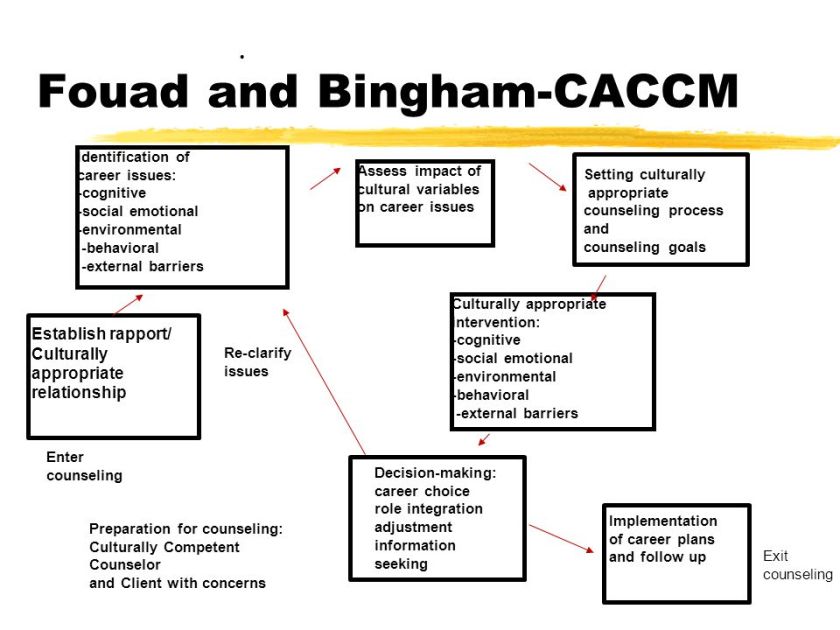I’ve put many writing pieces into draft mode, but have been reluctant to share writing this past year. But my goal for this semester is to get back to posting every couple of weeks – creative writing material as well as pedagogical work. This year I’ve decided to embark on a journey of studying Career and Academic Advising at the UofCalgary in the hopes of moving into this for a future career – it is a path that I’m more excited about every week as a study. Presently, the course I’m taking online has us post “discussions” – so when I write something that resonates for the blog, I will share it here. This week’s assignment had us respond to our readings and we needed to address the topic of Cultural Contexts & Culturally Responsive Counselling where we were to discuss “white colonial” attitudes and cultural messages that we have witnessed or experienced in our practices, any discussions or initiatives happening in our workplace, and our need to respect First Nations values and traditions in our counselling.
“Anotherness”: Making Obstacles into Opportunities in the High School Classroom
I have spent over 20 years immersed in the world of education, in multicultural landscapes of diversity. When I began my career in a Kitchener, Ontario school – the school was challenged with being an inner city “gang” school with a poor reputation. But passionate educators decided to work to change that perception; what was the school’s obstacle – multiculturalism (64 first languages) – became the opportunity in a millennial project to develop an International Studies Program “Windows on the World” (CHCI CIS Program – https://chc.wrdsb.ca/about/cis/). This program’s goal was to develop “an informed, compassionate, lifelong & CultureSmart learner who strives for excellence in an ever-changing world.” Changing paradigms and perceptions for kids from all cultures was paramount. So rather than subjugating students with “otherness” – the school came to celebrate “anotherness”. (Barnhill – https://www.uwosh.edu/facstaff/barnhill/ES-243/pp%20outline%20Other%20-%20Another.pdf) This is a successful model of embracing demographics and differences rather than trying to educationally assimilate. Essentially, to nurture the child, the school was “culturally responsive” and sought to redevelop their processes in much the same way as the CACCM model (Swanson 74).

Yet, I witnessed and participated in this educational program re-development from the position of “white privilege” and have felt a keen responsibility to develop sensitivity and awareness around the position of that vantage point: to always be aware of my ignorances. To always seek to understand. And I confess, I have often felt “white guilt”.
One further experience I have is being married to an immigrant from Argentina. I have experienced with him the harm of prejudice, ignorance, and “white supremacist” attitudes. Furthermore, I too have felt “otherness” having lived in Argentina with my husband in his home town, and I really felt the sting of language and cultural barriers. This experience helped to create a sensitivity and awareness in working with students and families in an understanding, empathetic way.
The second part of my career brought me to Calgary to another culturally diverse school – a charter – that draws students at our high school level from all communities, all quadrants, of the city. In front of me, daily, is a mosaic of varying cultures and religions. This is the classroom tapestry that I truly love to be in – a place where I am always learning, often humbled by my ignorances. In an English classroom, we can study literature from around the world – from the places where the faces in front of me call home. To engage any student, one must be prepared to “travel the road less taken” and we do that often from novels, memoirs, poems, and plays that transport us around the world. It is humbling to be taught “how I’m getting it all wrong” when embarking on a journey into Nigeria with Chinua Achebe’s novel Things Fall Apart – to step back and be taught about the cultural contexts, intricacies, and significances via the eyes and hearts of my Nigerian ladies, those who understand and love the text in ways I’ll never.
But I can listen. I can learn. I can love. I can develop a relationship with students and families – seeking to understand. It is my goal to maintain a curiosity, an open-mindedness, and a respect for “anotherness”.
Our journey into embracing “Anotherness” in this school is emerging, although many of us have been embracing it in our classes for years. This school is founded on norms and values the quality in conformity and consistency – so the paradigm shift away from melting pots into tapestries is a challenge – including those seeking assimilation. Education as a whole in Alberta is seeking directions in this both for its developing multicultural realities and to reconcile and revere our First Nations cultural values and traditions via a new focus on FNMI studies.
I cannot change the colour of my skin nor the privileges I have been born and bred with in middle-class Canada. But I open my heart, my mind, and my classroom to the opportunities to build relationships and to develop a teaching practice into a counselling practice using the CACCM model (Swanson and Fouad). This model resonates with me as an educator.
Resources:
Cameron Heights International Studies: https://chc.wrdsb.ca/about/cis/
David Barnhill: https://www.uwosh.edu/facstaff/barnhill/490-docs/thinking/other
Rethinking the Relations of Nature, Culture, and Agency (Patrick D Murphy) – https://www.jstor.org/stable/30301328?seq=1#page_scan_tab_contents
Swanson, J.L., & Fouad, N.A. (2015), Career Theory and Practice: Learning through case studies (3rd ed). Thousand Oakes, Los Angeles, CA: SAGE Publications Inc.
